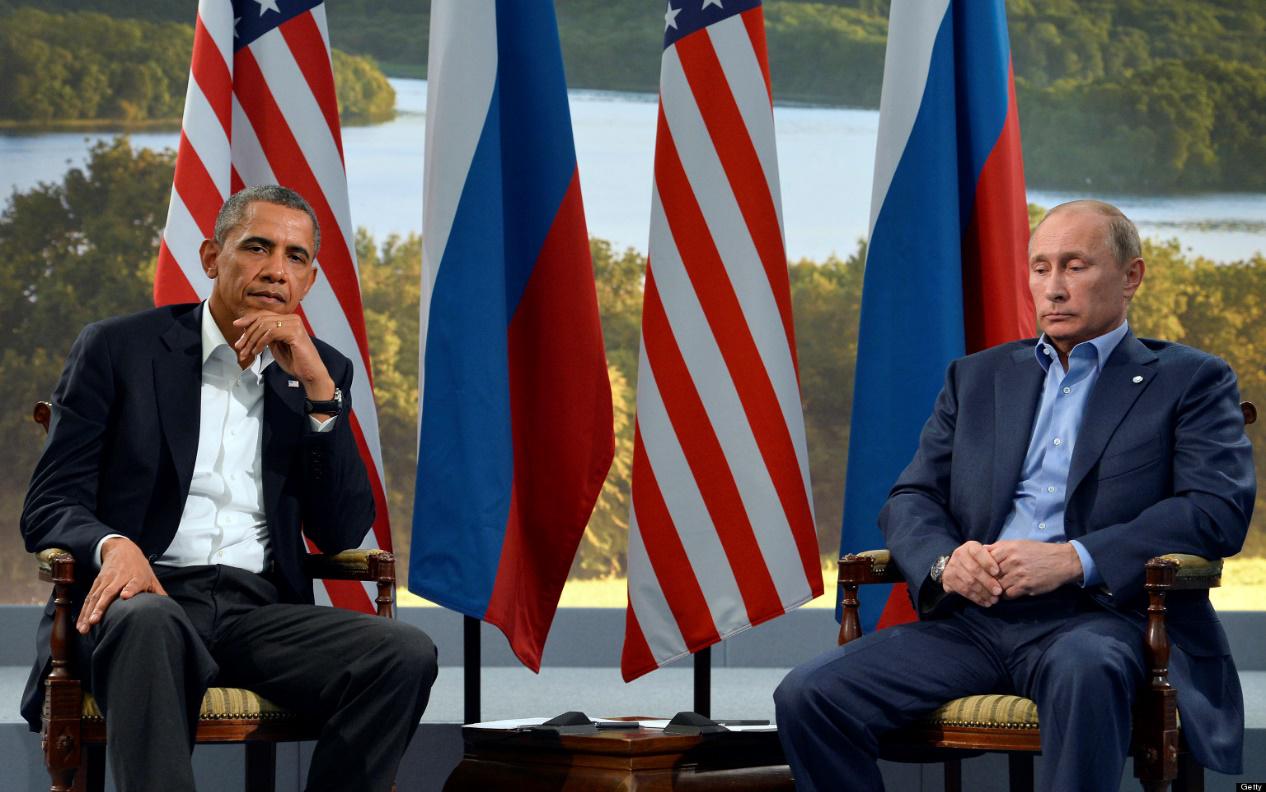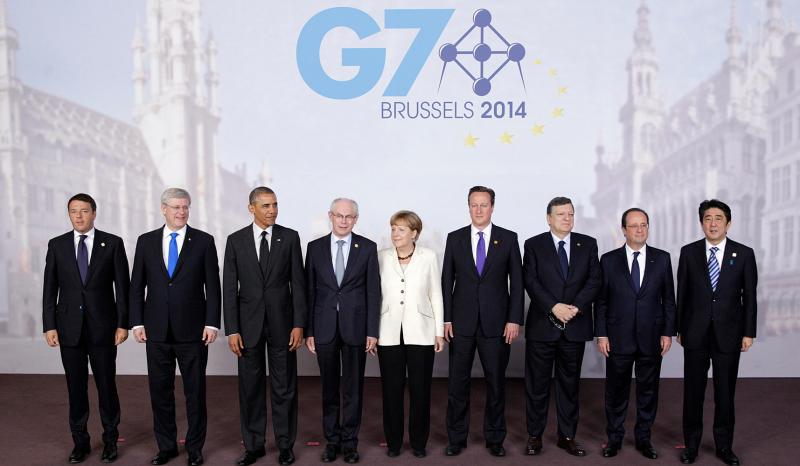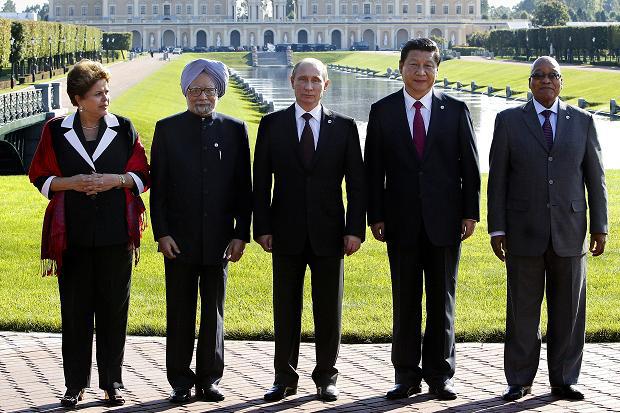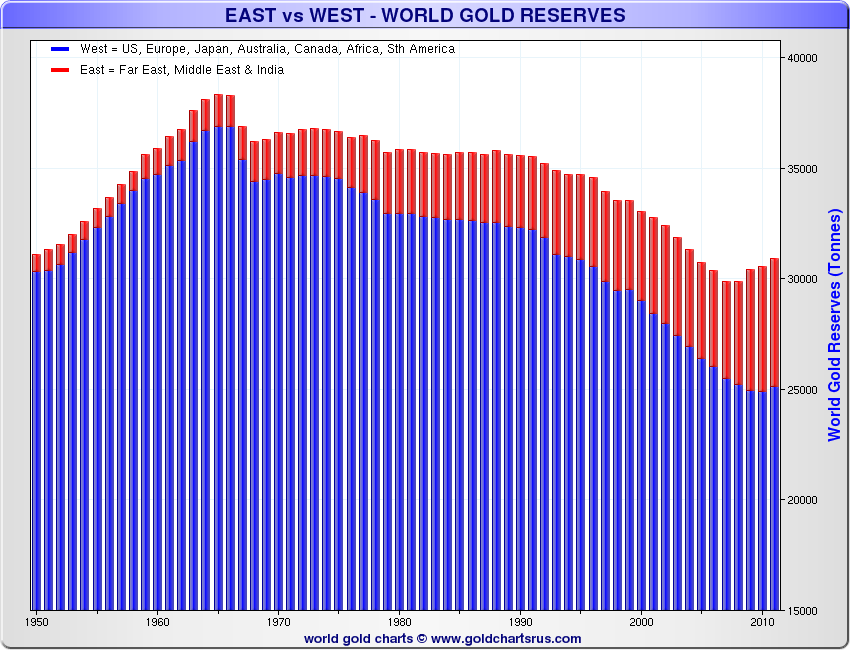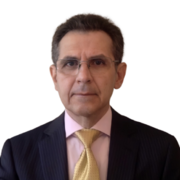The Cold War describes a state of political and military tension, after World War II, between powers in the Western Bloc (United States, Western Europe and Japan) and powers in the Eastern Bloc (Soviet Union and the Warsaw Pact countries). Historians have not fully agreed on the dates, but 1947–1991 is common. It was "cold" because there was no large-scale fighting directly between the two sides, although there were major regional wars in Korea, Vietnam and Afghanistan that the two sides supported. However, the danger of an actual nuclear war was always present. The Cuban Missile Crisis of 1962 was a direct and dangerous confrontation between the United States and the Soviet Union during the Cold War and was the moment when the two superpowers came closest to nuclear conflict. The Berlin Wall, that best symbolizes the Cold War, was erected in 1961 and destroyed in 1990. It was referred to, in the East, as the "Anti-Fascist Protection Rampart" and, in the West, as the "Wall of Shame". I spent almost half of the Cold War in the East and the other half in the West, so I had the chance to observe it from both sides.
On December 3, 1989, Mikhail Gorbachev and George H. W. Bush declared the Cold War over at the Malta Summit. A new era of openness and collaboration between the two blocs started and was confirmed by the G7 leaders’ invitation to Russia in 1998 to join the annual summits, becoming the G8. Subsequently, Russia was excluded from the forum by the other members in 2014 as a result of its involvement in the Crimea crisis in Ukraine, ending this 16 year- period of détente and disarmament.
Barak Obama and Vladimir Putin – End of détente, beginning of the “new” Cold War between the United States and Russia
However, the collapse of the new era of détente and disarmament did not start with the Crimea invasion but rather, in my opinion, with the decision by George W. Bush, in 2007, to push for an initiative to install 10 interceptor missiles on the ground in Poland and an advanced radar system in the Czech Republic, under the pretense of fending long-range missiles from Iran. Vladimir Putin did not see it that way. He did not believe Iran was a target at all but rather Russia was, as he sarcastically expresses it in a recent interview. In 2009, the Obama administration announced that plans for the project had been scrapped, but the damage was done. Russia’s president Putin took it as a return to the Cold War and, from that point on, distanced himself from the U.S. and looked east to forge alliances against the U.S. Vladimir Putin was already himself a nostalgic of the Soviet era.
The collapse of Lehman Brothers in September 2008 almost brought down the world’s financial system. Contrary to the G7 (United States, Canada, UK, Japan, France, Germany, Italy and the European Union) countries, the BRICs (Brazil, Russia, India, China and South Africa) countries have come out of the global financial crisis remarkably well. During the crisis, gold has emerged as a safer alternative for foreign exchange reserves than the US dollar, the euro and the Japanese Yen and as the preferred reserve in crisis time. Both the financial crisis and the U.S. missile initiative pushed Vladimir Putin back into a Cold War mentality: a more confrontational approach toward the U.S., but not necessarily against Europe. The Ukraine crisis gave Vladimir Putin the chance to respond to the missile initiative from a strong position and, like a good chess player, he jumped on the opportunity.
G7 Leaders - United States, Canada, UK, France, Germany, Italy, the European Union and Japan
BRICs Leaders - Brazil, India, Russia, China and South Africa
The “new” Cold War is similar to the old one but, at the same time, different. During the Cold War, Europe was mostly aligned with the U.S., but not always. We have to remember that not only France, but also West Germany on several occasions, took independent actions from the U.S. towards the Soviet Union while, in the second half of the Cold War, China was as much in conflict with the Soviet Union as with the U.S. France was a major player in the collapse of the gold exchange standard, but other European countries were involved too, including the U.K. During the Cold War both Russia (through Switzerland) and China (through Hong Kong) used gold in their payments with the West. So both have an excellent expertise in the gold trade. It became evident for Russia and China after the 2008 crisis that the “exorbitant privilege” of the US dollar cannot last. Observe, in the chart below, the acceleration in the increase in gold reserves by both China and Russia after the crisis that was also followed by most Asian countries.
The “new” Cold War has started with currency and gold wars and now a financial war, but we see slowly developing also a trade war. Where does gold fit into all this? Chris Powell of GATA said, "The United States would rather reveal its nuclear secrets than what it is doing in the gold market," and I would add that China also would rather reveal its nuclear secrets than what it is doing in the gold market. A financial Cold War has definitely started between the U.S. and Russia, and gold is at the core of it. The European Union has joined timidly but is not really all the way in with the U.S., and China is neither totally aligned with Russia.
The difference with the Cold War, in my opinion, is that in the “new” Cold War we are in is in a G0 environment with no country dominating. Both the U.S. and the European Union are weak financially, due to an exorbitant debt, and China and Russia are not yet ready to challenge the U.S. militarily. New alliances are forming and old ones are collapsing. Russia is mainly attacking the U.S. and trying to isolate it. For this it is forming alliances with the BRICs countries and is taking a much gentler approach in its responses towards the European Union than towards the U.S.
Both China and Russia are accumulating gold at a very fast pace since 2008, with the clear objective of eliminating the “exorbitant privilege” of the US dollar in international trade and as a major reserve currency. Both China and Russia have been signing several trade agreements bypassing the US dollar. Saudi Arabia, the main player in the petrodollar market, is distancing itself more and more from the U.S. I would not be surprised that, sooner rather than later, Saudi Arabia will abandon the US dollar as the only means of payment for its oil. Most of the Arab oil producing countries will follow soon after.
However, we have to be careful that this “new” Cold War does not degenerate in a real military war. Just because the previous one did not doesn’t mean the next one will not. Misunderstanding of the other side’s intentions, overconfidence and ignorance of the other side can trigger a new World War. Barak Obama said, in a recent interview, "I do think it's important to keep perspective. Russia doesn't make anything." Again we see a U.S. president showing American ignorance of other countries. Russia’s frustration with the U.S. is also very well presented by Sergei Glaziev, advisor to President Putin, in a recent interview. The major players in this “new” Cold War will be the U.S. and China, not Russia, but both the European Union and Russia will also play a major role. The new Cold War is as much financial as political, but can degenerate easily into a military war. The currency and gold wars have already escalated, through sanctions against Russia, into a trade war.
In this transitional period to a new world order where uncertainty and risks dominate, gold is money in extremis and the preferred central banks’ reserve. It cannot be confiscated under any form or shape if, and this is a big if, it is stored at home. United States has a long tradition of confiscation or freezing of foreign assets when it considers it in its “national interest”. For this reason, more and more countries are repatriating their gold reserves. We know major geopolitical players are accumulating gold, but we don’t know exactly how much. The gold market is and has always been a very opaque market. The rise of the petro-Yuan and the slow but sure erosion of US dollar hegemony will play a major role in this “new” Cold War, concluding by a reset of the international monetary system. Every indication shows that gold will be at the center of this new system. Until this reset happens, and I hope not after a real World War, gold will outperform all other currencies.
Reproduction, in whole or in part, is authorized as long as it includes all the text hyperlinks and a link back to the original source.
The information contained in this article is for information purposes only and does not constitute investment advice or a recommendation to buy or sell.

